How to Prep a New Garden Space in Your Yard
Team PlantTAGG2025-11-03T10:23:38-06:00Have you found a spot in your yard that begs for some landscaping TLC? Maybe it’s a perfect spot for a new garden! It can be fun to start with a clean slate, but also intimidating. Let us help you out with a few steps and tips to get off on the right foot. Once you get your new garden in place, be sure to take some photos and tag us on Facebook and Instagram @planttagg so we can see!
Stake it Out
First, you’ll want to mark out the area for your new garden. Anything will do for this task – stakes and string, a garden hose, some 2×4 lumber, really anything that will stay in place. Don’t be afraid to start small! Be sure to measure the space accurately before heading to your local garden center to purchase compost or mulch as you will need to know the square footage of the area you are covering.
Clear the Area
If the area is covered in sod currently, you will need to remove the existing grass. How you go about doing this mostly depends on how much time you have before you plan to plant. If time is of the essence, slice under the sod with a spade and cut it into manageable pieces for removal. Use these pieces to fill in other spots of your yard if needed. Before you attempt sod removal by hand, make sure you give the area a proper watering a day or so before to soften the turf and the roots below.
If you have time, you can smother the grass by placing layers of newspaper over the area and topping with several inches of compost. It usually takes about four months for the paper and compost to decompose completely, killing the grass below. The decomposed paper, dead grass and compost can be worked into the soil at the end of the process. The best time to try this method is in the Fall to prep for the following Spring. It’s time-consuming, but you will be rewarded with a grass and weed-free area with rich soil.
Additionally, now’s the time to remove any other debris and to take care of any weeds with an herbicide or by thoroughly removing them by hand.
Amend the Soil
It is highly likely that the soil in your new garden area will need a nutrient boost before you undergo significant replanting. Consider refreshing the soil with compost, dry grass clippings, old manure, or other organic matter as you work the soil. We covered more about fertilizers in a blog post here and how PlantTAGG creates fertilizer care tasks here.
If you want to get a more in-depth look at the profile of your current soil, you can contact your local county cooperative extension office and ask them to perform a soil analysis for you. Your local garden center may have details on this process as well. A soil analysis will tell you exactly what nutrients your soil lacks. In addition to organic matter, you may need to adjust the pH of the soil by adding limestone or sulfur, as recommended by a soil test.
Give it Some Elbow Grease
In the process of adding organic matter, you’ll need to loosen up the dirt either by tilling or digging. Tilling the soil mechanically with a rototiller can be efficient when you are working with a large space. However, be careful as excessive tilling can disturb beneficial earthworms and microorganisms. Err on the side of caution with tilling and under-do rather than over-do. Similarly, you can prepare garden beds by digging. Turn over the top 8-12 inches of soil and incorporate compost as you go. Don’t undergo tilling or digging when the soil is too moist or too dry. Look for soil consistency that is moist enough to form a loose ball in your hand, but that will fall apart when you drop it.

Line Borders
You might consider landscape edging, stones, bricks or landscape timber to create a border for the space. Line borders will help prevent damage to your new garden plants from mowing or weed trimmers and can keep your lawn from encroaching into the garden area.
Consider a Weed Barrier
You can use landscape fabric on top of the soil before planting to reduce the number of weeds that will sprout up in your garden space. Cut holes in the fabric to plant shrubs, flowers, etc. and then cover the remaining fabric with mulch.
However, depending on the type of garden you are planting, a weed barrier may not be suitable. For example, if your aesthetic involves tightly packing plants together, it may not make sense to cut a large number of holes in the fabric. Or, if you are going to utilize groundcover plants, you may not need the weed barrier. However, if you are planting more sporadically in the area, landscape fabric may make sense.
It’s Time to Plant Your New Garden
Check out our article on Planting a Flower Garden for more ideas and inspiration. Once you get your new garden in place, visit your mobile app store to download the PlantTAGG app. It’s free to use – and we can help make sure that your plants stay alive and thrive!


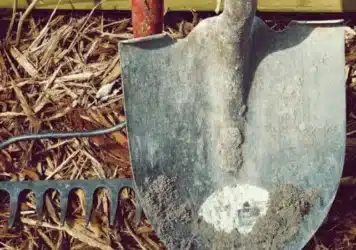
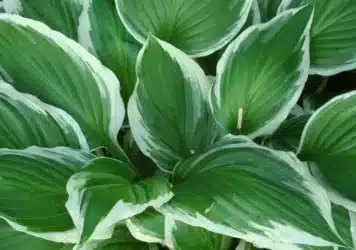
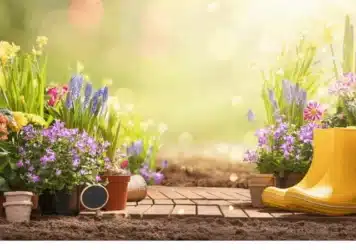
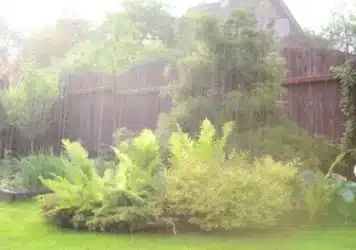

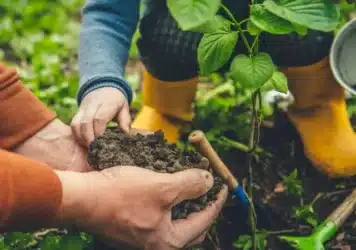
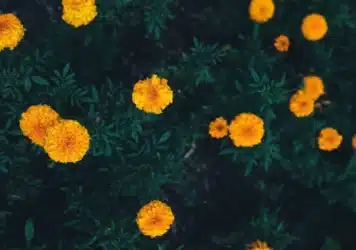
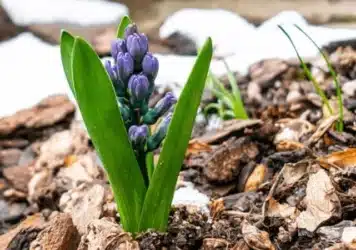

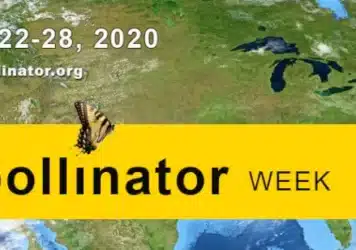
Leave a Reply